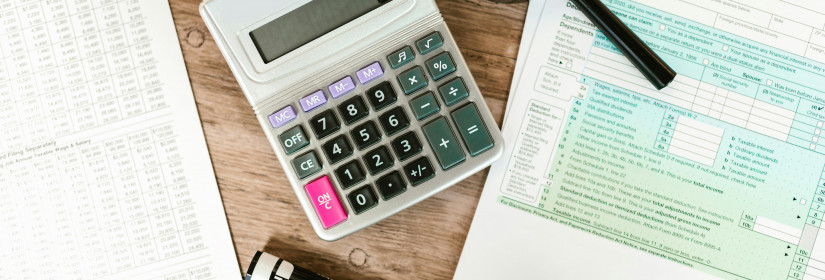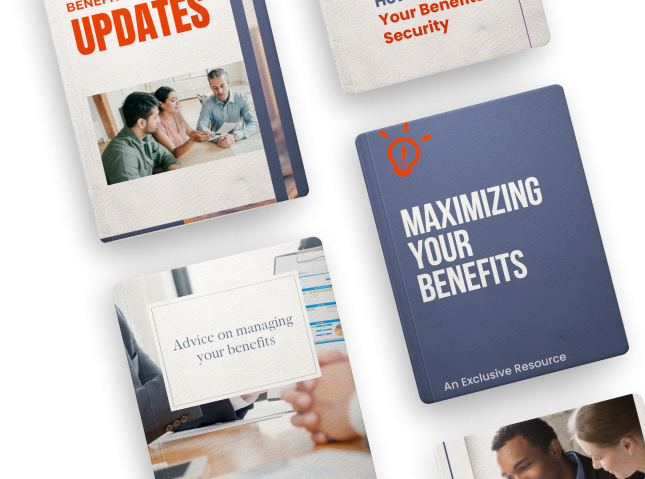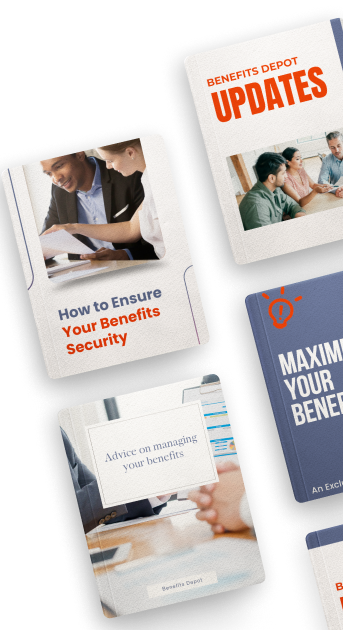Maximizing Your Tax Refund: The Importance of Understanding the Earned Income Tax Credit (EITC)

What is the Earned Income Tax Credit (EITC)?
The Earned Income Tax Credit (EITC) is a valuable tax benefit designed to help low- to moderate-income workers and families.
This refundable credit can reduce the amount of tax owed and potentially result in a refund. The EITC has been a crucial tool in reducing poverty and encouraging work.
Who Qualifies for the EITC?
To qualify for the EITC, you must meet certain criteria regarding income, filing status, and eligibility requirements. The credit primarily targets workers with lower earnings. To be eligible, you must:
- Have Earned Income: This includes wages, salaries, tips, and self-employment income. Certain benefits like unemployment and Social Security do not count as earned income.
- Meet Income Limits: The income limits vary depending on your filing status and the number of qualifying children. For the 2023 tax year, the maximum income limit for a single filer with three or more qualifying children is $57,414.
- Have a Valid Social Security Number: All parties on the tax return must have valid Social Security numbers.
- Be a U.S. Citizen or Resident Alien: You must be a U.S. citizen or resident alien for the entire year.
How Much Can You Receive from the EITC?
The amount of the EITC varies based on income, filing status, and number of qualifying children. For the 2023 tax year, the maximum credit amounts are:
- No Children: Up to $600
- One Child: Up to $3,995
- Two Children: Up to $6,604
- Three or More Children: Up to $7,430
How to Claim the EITC
Claiming the EITC requires filing a tax return, even if you are not otherwise required to do so. Here’s how you can claim it:
- Complete IRS Form 1040: Use Form 1040 and the attached Schedule EIC (Earned Income Credit) to report your earned income and claim the credit.
- Use Tax Preparation Assistance: Utilize free tax preparation services like the IRS Volunteer Income Tax Assistance (VITA) program, which helps eligible taxpayers complete their returns.
- Check for State Credits: Some states offer their own version of the EITC, providing additional benefits to qualifying residents.
Common Mistakes to Avoid
When claiming the EITC, it's crucial to avoid common mistakes that can delay your refund or result in disqualification:
- Incorrect Income Reporting: Ensure all income, including tips and part-time earnings, is accurately reported.
- Wrong Filing Status: Use the correct filing status to avoid issues.
- Misreporting Dependents: Verify that your dependents meet the IRS requirements to be claimed for the EITC.
Conclusion
The Earned Income Tax Credit is a significant financial boost for eligible workers and families.
By understanding the eligibility requirements, how to claim the credit, and avoiding common mistakes, you can maximize your benefit.
If you qualify, make sure to claim the EITC on your tax return to take advantage of this valuable credit.
Previous article: Maximizing Your Earned Income Tax Credit (EITC) Potential












